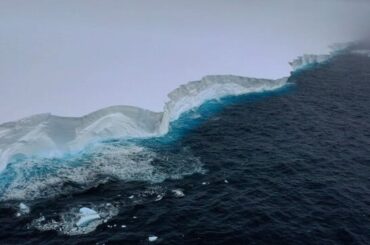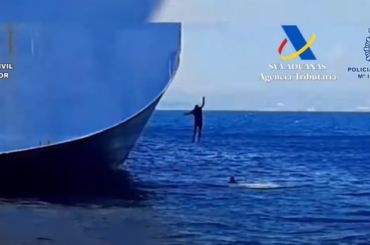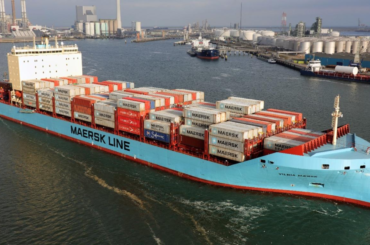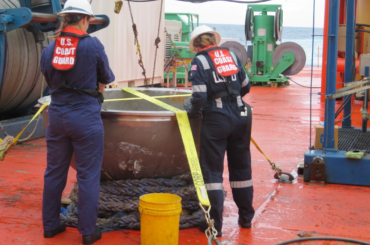In a groundbreaking achievement, deep-sea researchers have concluded the inaugural comprehensive digital scan of the legendary Titanic, unveiling an unprecedented level of meticulousness and lucidity, as announced by the companies behind an upcoming documentary on the renowned shipwreck. The momentous endeavor involved a team of researchers utilizing two remotely operated submersibles, dedicating a span of six weeks during the previous summer to meticulously map the entire sunken vessel and the encompassing debris field extending over a 3-mile radius. Within this expansive expanse lie the scattered remnants of personal effects belonging to the passengers of the illustrious ocean liner, such as footwear and timepieces.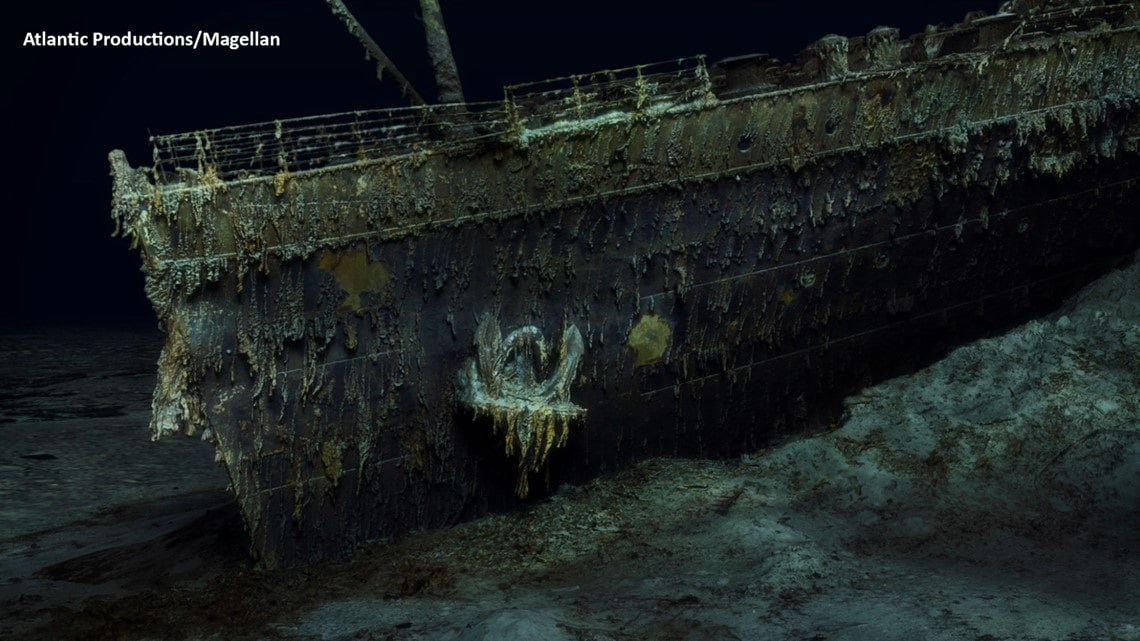
The resulting data, an amalgamation of a staggering 715,000 images, exceeds all prior undertakings of constructing underwater three-dimensional models by an astounding factor of ten, according to Richard Parkinson, the esteemed founder and chief executive of Magellan, a pioneering deep-sea exploration firm. Anthony Geffen, the head of Atlantic Productions, the esteemed documentary production company, aptly referred to the culmination as an unequivocal digital replica, an undeniably authentic “twin” of the Titanic, exhibiting an unparalleled level of precision in every intricate facet.
Embarking on its maiden voyage from Southampton, England, destined for the resplendent shores of New York City, the Titanic succumbed to a fateful collision with an iceberg off Newfoundland in the frigid waters of the North Atlantic on the somber date of April 15, 1912. Within a mere few hours, the opulent oceanic marvel met its tragic demise, tragically claiming the lives of approximately 1,500 individuals.

Discovered in the year 1985, the resting place of the ill-fated vessel resides a staggering 12,500 feet (3,800 meters) beneath the ocean’s surface, nestled some 435 miles (700 kilometers) off the Canadian coastline. Geffen expressed his dissatisfaction with previous depictions of the Titanic, which suffered from the limitations imposed by inadequate illumination, restricting observers to perceive only one section of the wreck at a time. The innovative and visually realistic three-dimensional model rectifies these shortcomings, encompassing both the bow and stern segments, which parted ways upon sinking, all the while preserving the intricate details, including the propeller’s unique serial number.
The dedicated researchers invested an arduous seven-month period in processing the vast assemblage of gathered data, with the anticipation of unveiling a documentary chronicling the project’s awe-inspiring journey in the forthcoming year. Yet, beyond the immediate impact, Geffen aspires for this pioneering technology to facilitate the exploration of additional dimensions of the Titanic’s untimely demise, granting individuals a renewed opportunity to engage with history in an invigorating and unexplored manner.
He proclaimed, “All the suppositions regarding the sinking of the Titanic, as well as the intricacies of this monumental event, have thus far been based on conjecture, given the absence of a comprehensive model that would enable us to accurately reconstruct the incident or precisely determine distances.” The unparalleled quality of this scan instills excitement within Geffen, as it holds the promise of allowing future generations to traverse the depths of the Titanic personally, to stand upon its once-majestic bridge, and to absorb the full grandeur of its erstwhile magnificence.
Parks Stephenson, a preeminent authority on the Titanic who played an integral role in this undertaking, hailed the advent of this advanced modeling as a true “gamechanger.” He joyously exclaimed, “I am now privy to details that have remained concealed from our purview until this groundbreaking moment, thus enabling me to further build upon the extensive knowledge we have amassed to date, while illuminating the wreckage in an entirely unprecedented light.” Stephenson recognizes that the availability of actualized



